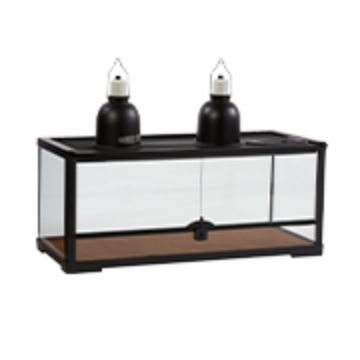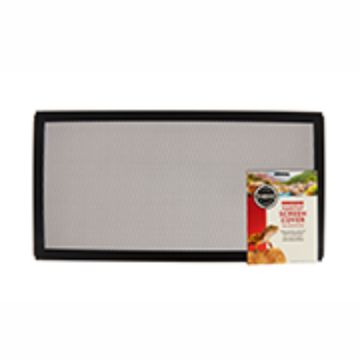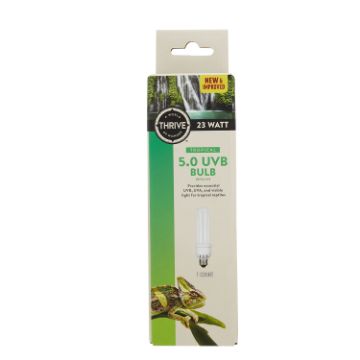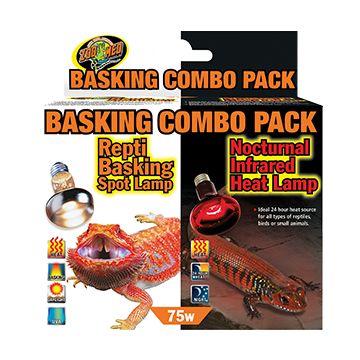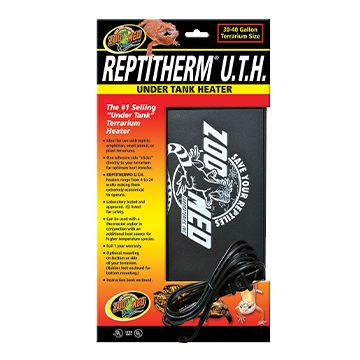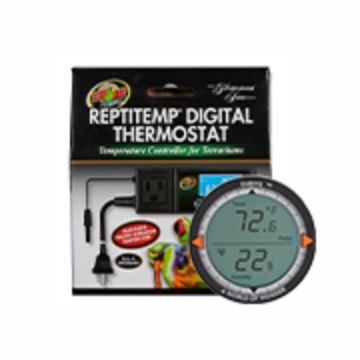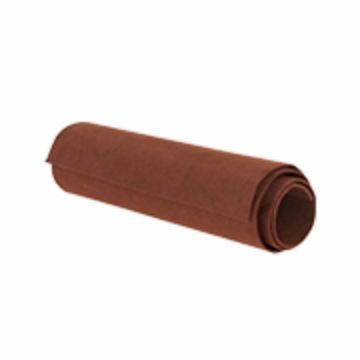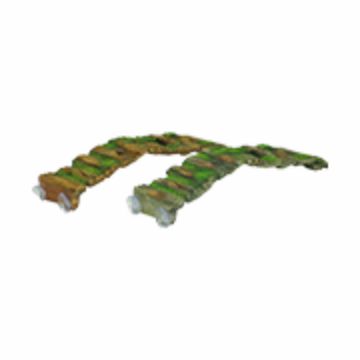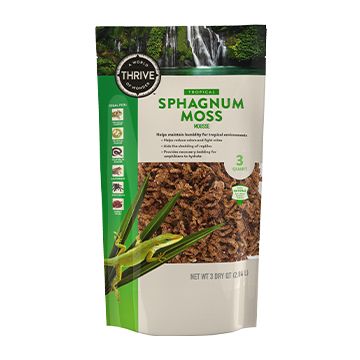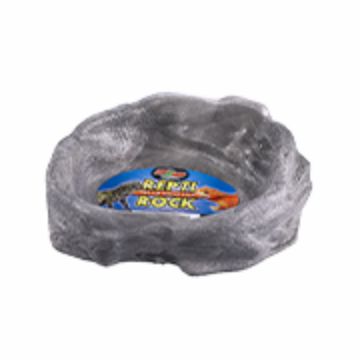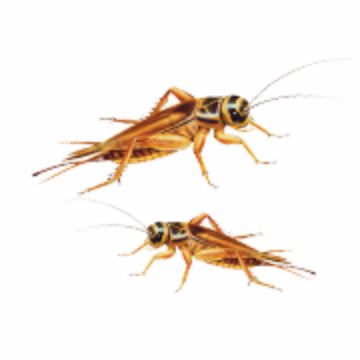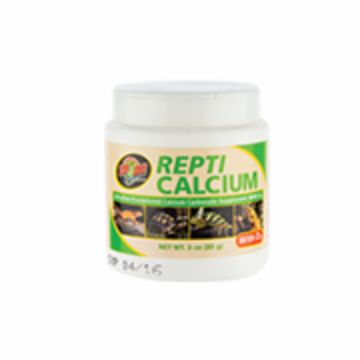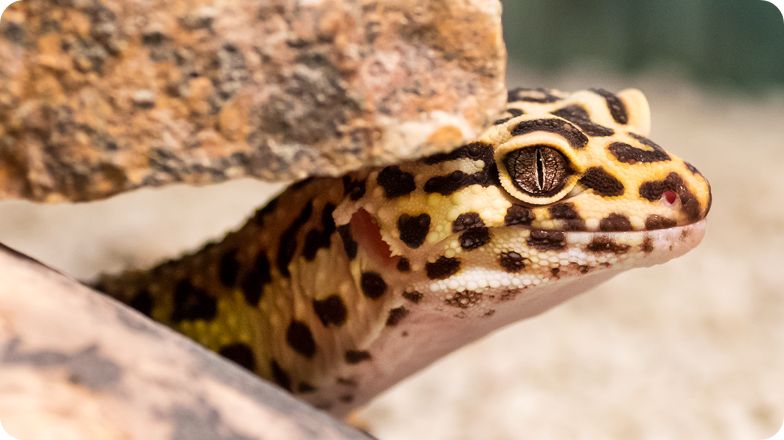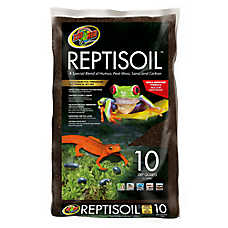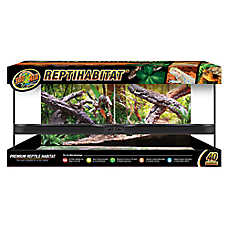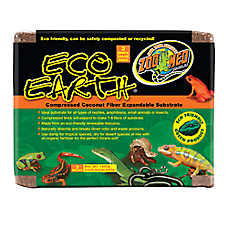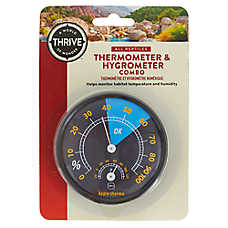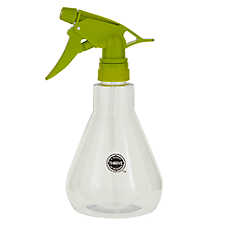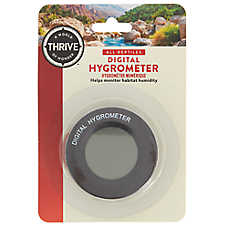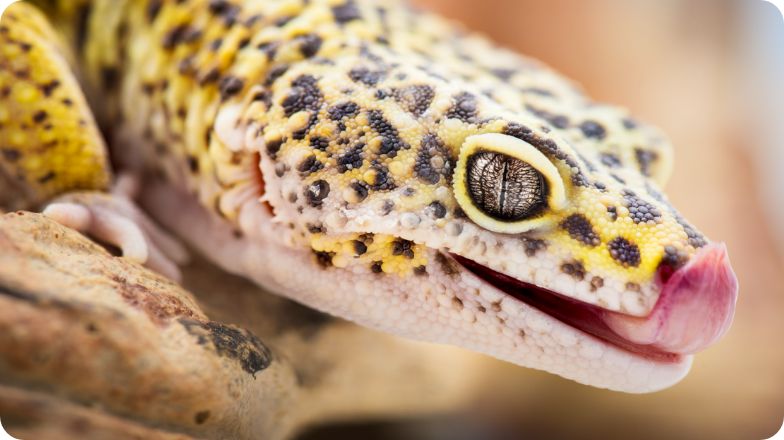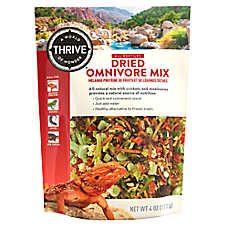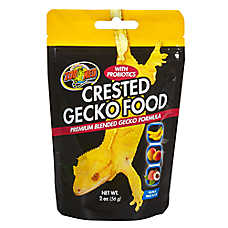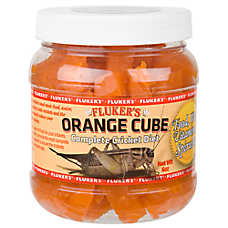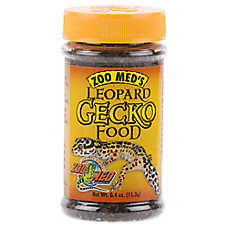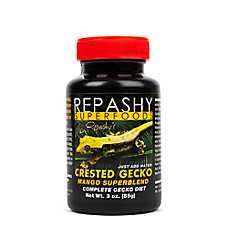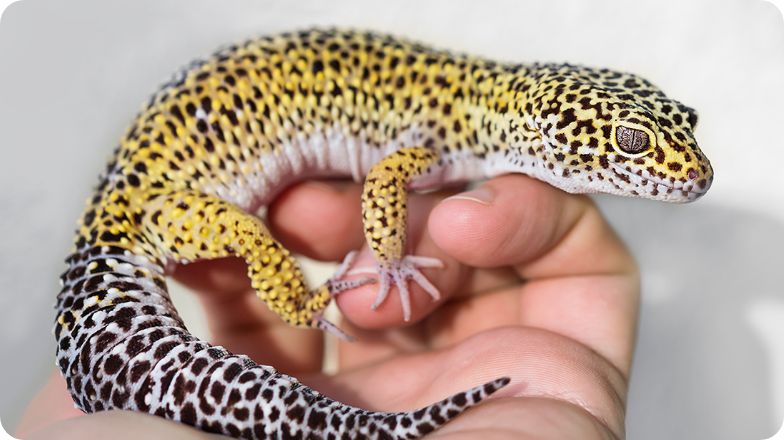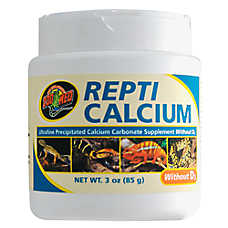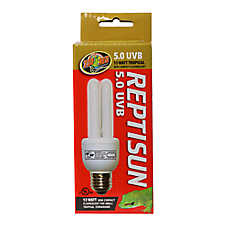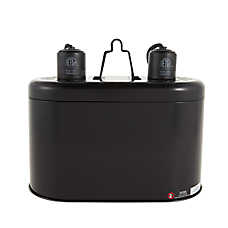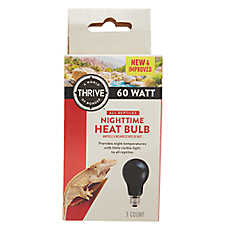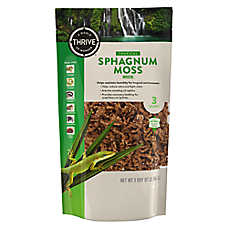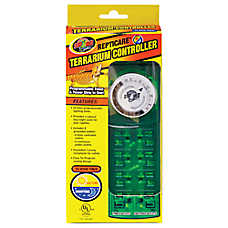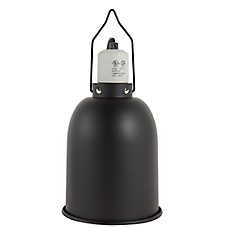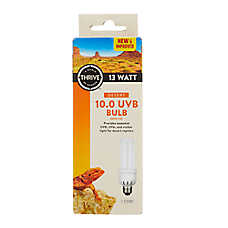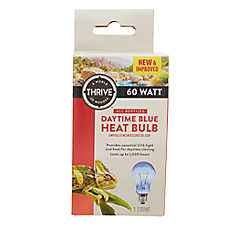Spotted & spectacular
Dive into the exciting world of leopard geckos.
Shopping Checklist
How do I set up a terrarium?
- 1-2 female leopard geckos can be housed together in a 20-gallon terrarium. If territorial behavior is observed, increase the size of habitat.
- Use reptile carpet or tile. Remove droppings at least once a week and thoroughly clean carpet/tile at least every other week.
- A leopard gecko's calcium absorption can benefit from supplementary 5.0 UVB light.
- Leopard geckos require a temperature gradient. For the warm side, use an under-tank heater and daytime heat lamp, if necessary. Turn heater and lamp off for 12 hours at night. Use the chart, opposite, to ensure proper temperature.
- Equip the habitat with two thermometers (one on each side) to measure temperature, and a hygrometer to measure humidity. Mist your gecko, every other day; keep their hideout humid by misting sphagnum moss.
- Give your gecko a rock, branches and plant leaves on the cool side for hiding. Add moistened moss to hiding spot on the warm side to aid healthy shedding.
- For more information, consult PetSmart's "Reptile & Amphibian Heating & Lighting" and "Setting Up a Reptile or Amphibian Habitat" Care Guides.
Temperature gradient
Create a cool side and basking spot in the habitat for your reptile.
Habitat Setup
What do leopard geckos eat?
- Crickets, dubia roaches, hornworms, mealworms, superworms.
- Dust food with calcium powder 2-3x a week. Dust with a reptile multivitamin: 1x a week (juveniles). 2x a month (adults), or as directed by your veterinarian.
- Cleaned daily and provided at all times.
Nutrition
When to contact my vet?
Contact your reptile vet if you notice any of the following signs:
Care & Health
Reptile Care
Help support your pet's best life.






